Can you bet on a trend? Just look at the financial markets over the last week or so. Not long ago Uber was part of the biggest trend happening—but if you owned shares in Uber in the last few days, you’re wringing your hands in exasperation as Uber shares lost 20 to 25 percent of their value. Banks such as Merrill-Lynch, on the other hand, made $40 million or more.
Yes, folks, we once again learn the lesson: the trend is not always your friend.
Moving over to the CRM market, you can witness a trend among the “big” CRMs: artificial intelligence. Beyond the fact that AI is nowhere near what many claim, it also isn’t backing up users the way they say it is. We have utilized AI in our CRM, too, but we haven’t given it front and center position, as we know it’s not up to some of these outrageous claims. It’s capable of greatly assisting salespeople, but not being counted on almost as an entire application unto itself.
Additionally, we know from watching our biggest competitor, Salesforce, that CRM adoption is a persistent and constant problem in companies. So we can see that users aren’t following trends, either.
That is why Pipeliner CRM has developed a feature set that you’ll see nowhere else in the CRM market. These are features developed out of understanding sales organizations and the way they operate and observation of how business actually works.
Pipeliner CRM Archive
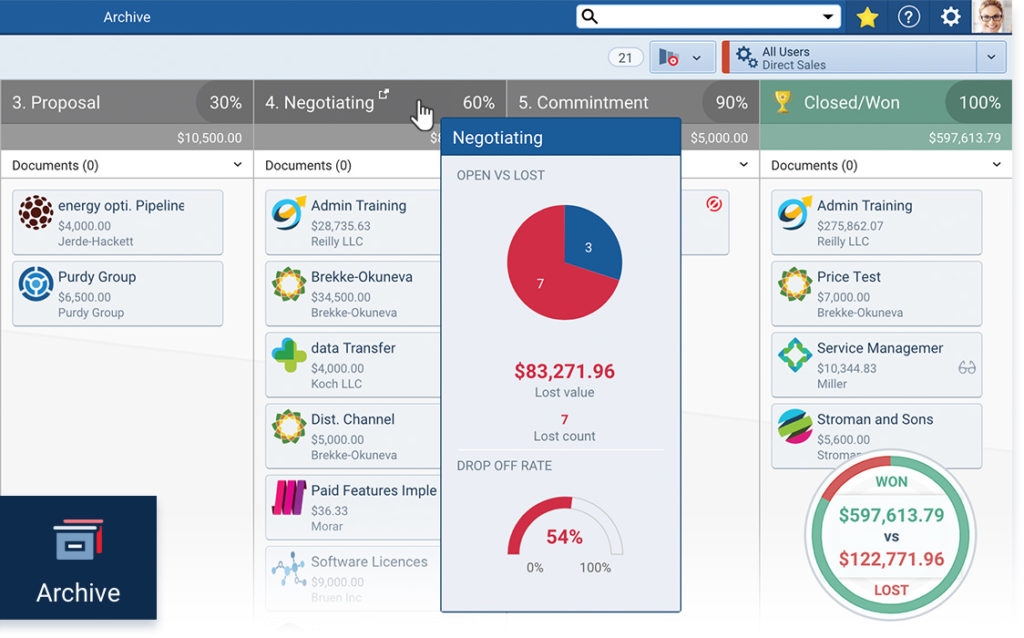
In business as well as in life, we learn from our successes. But as intelligent businesspeople (as well as countless philosophers) will tell you, we learn so much more from our failures. If you’ve lived very much, you’ve probably learned this for yourself to a greater or lesser degree. Unfortunately, most CRM solutions have not taken this to heart at all—except for Pipeliner.
Pipeliner’s Archive is a feature to which you retire failed deals. All information travels with them. At a later time, if you want to analyze why you have been losing the deals you’ve been losing, you can rapidly and accurately do so. You not only see when you lost deals, but at which stage or stages of the sales process they were lost, who lost them, and why. You can precisely pinpoint not only the reasons for losses but every single factor behind them. This can even lead to improvements and innovations in your products and services.
Also, if any deal should come back to life—for example, your client calls you and says, “Hey, guess what? We’re back on!”—the opportunity can be restored to your regular pipeline, fully intact with all data, with a couple of clicks. That’s something else no CRM can do.
Org Chart and Buying Center
The Org Chart and Buying Center are features that, with Pipeliner CRM, you obtain right “out of the box.” Other CRMs add such functionality at extra cost to the user, and it still isn’t nearly as visual as Pipeliner.
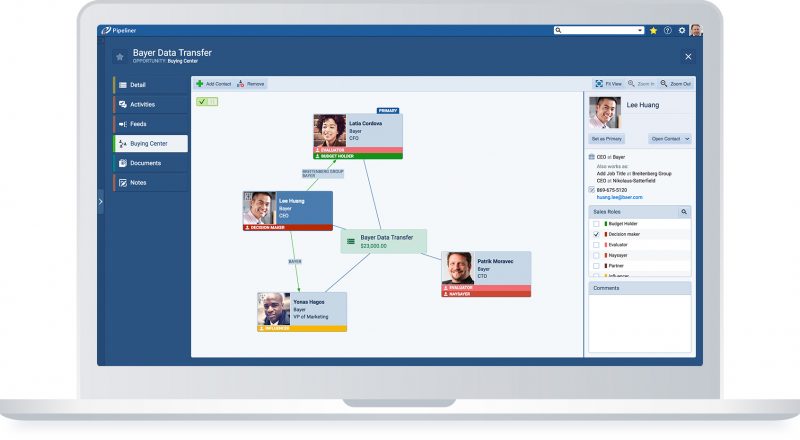
The Org Chart is a graphical layout of your client company’s hierarchy. You—or anyone else working this account—can instantly see who reports to whom, and who you should be communicating with.
The Buying Center shows you, for each opportunity, the entire sphere of influence on an opportunity within your client’s organization. You can instantly see who has influence on your purchase—even when they’re outside the company. For the first time, we can instantly visualize, in real time, the political map of a deal.
The Org Chart and Buying Center travel with an opportunity from lead all the way to close. You could call the combination of the two features a “political map” of your client. It shows you instantly who is involved: the influencers, the internal champions, the finance people, the decision makers, the budget holders, even the naysayers.
The Org Chart and Buying Center, along with the rest of the Pipeliner system, are completely visual and even fun to use.
Multiple Account Views
Another feature that makes Pipeliner CRM totally unique is its different views for accounts. We offer the Compact View, the Pipeliner View, the Bubble Chart View, the Card View, and the List View.
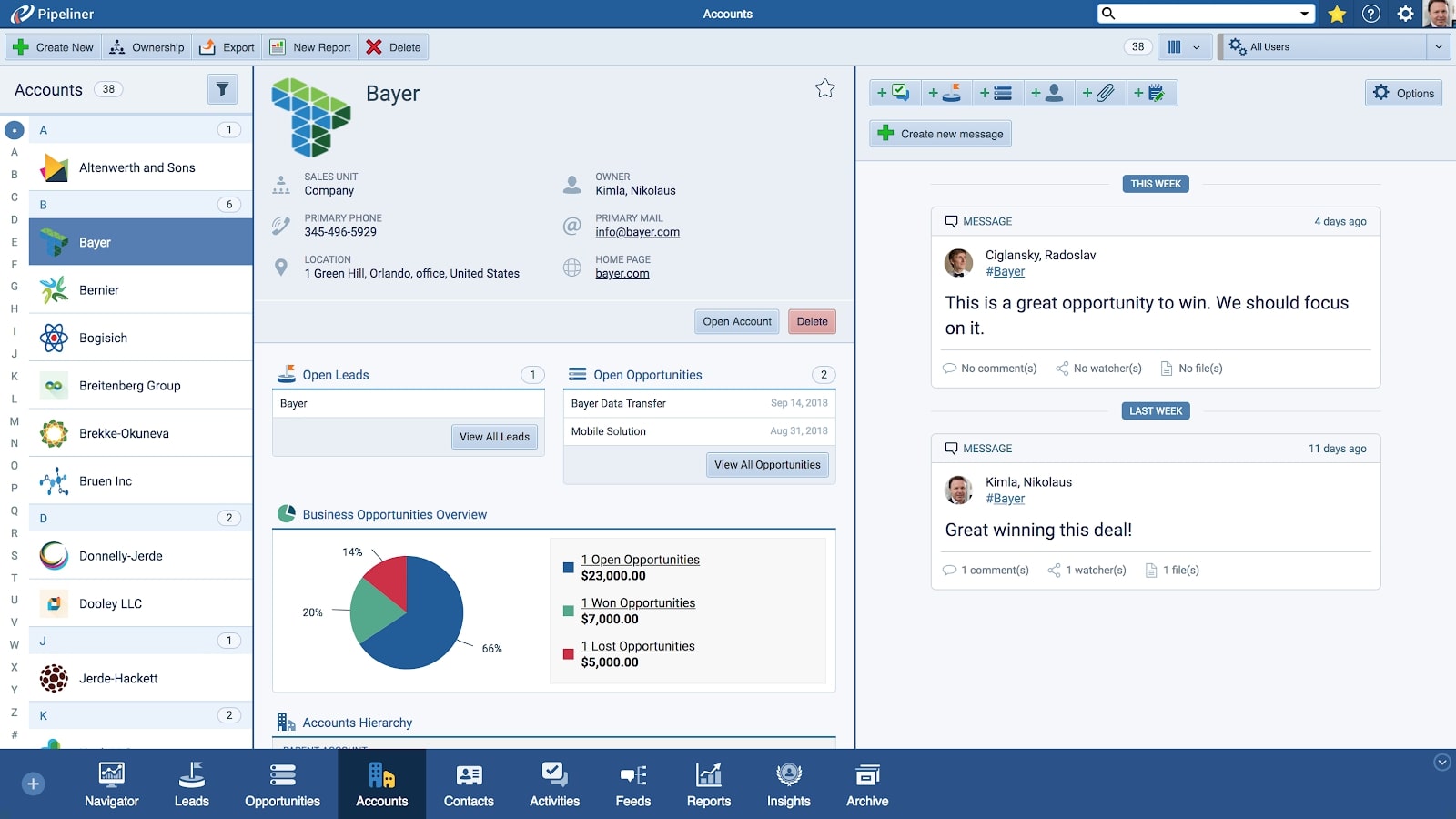
We offer these choices simply because all people are different—they view things in different ways and have different requirements.
Why are we so wonderfully astonished when looking at nature? It’s the incredible range of diversity in its beauty. Personally, I love springtime just because there must be 10,000 different shades of green in the new growth. But then I come into one of the “planned communities” seen throughout the US, and all the buildings, and all the food, and even the sights and smells are the same. Many people—including me—have negative reactions to this, because people are not all the same and don’t want to be fixed into such situations.
All people are different. Pipeliner CRM offers different account views for that reason.
We take a similar approach with our Dynamic Target feature. The target is visually in front of the user at many places throughout the application, and the user can utilize one of 5 different views of the sales target: Unweighted, Weighted, Ranked, Balanced, and Real.
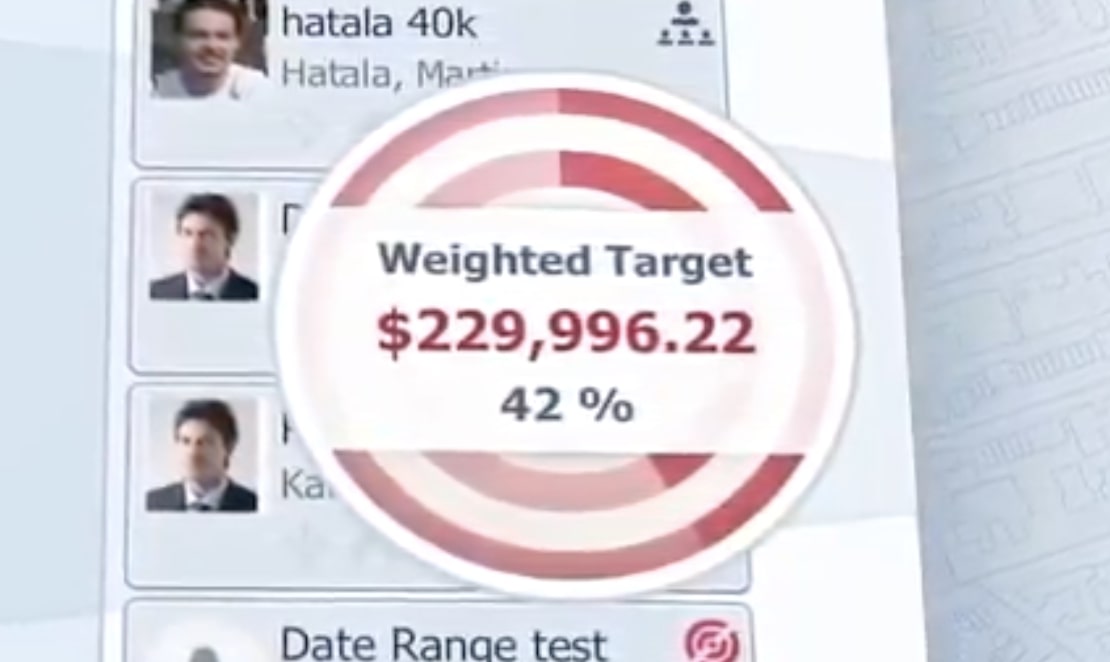
Likewise with our Activity Management, which offers numerous customizable fields and forms and a drag-and-drop task board.
Being able to view accounts, targets or activities in different data forms reduces the risk of missing important factors, which is what can occur when you become used to a single overview only.
Buyer Action—Seller Activity
Sales methodology is built right into Pipeliner CRM. As an opportunity moves through the pipeline, specific buyer actions are normally required before the next seller activity can take place. Because these are totally different for every company, they are completely customizable. You can even make specific buyer actions—and corresponding seller activities—mandatory before an opportunity can be moved.
This totally Pipeliner-unique feature gives every company the opportunity to embed any form of sales methodology into their CRM and optimize the process for the sales force to do precisely what needs to be done effectively and efficiently.
Powerful Reporting Engine
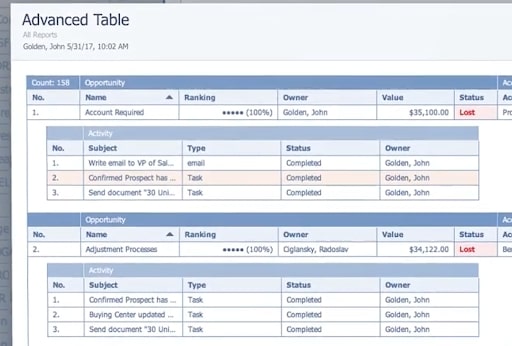
One of Pipeliner’s best-loved features is its powerful reporting engine—more robust and with more variety than any on the market today. Reporting features include 1-click report creation from anywhere within the system, forecast reports that accurately track quota achievement in real time, 24 popular preformatted management reports that provide mix-and-match views to monitor up-to-the-minute sales performance, and much more.
First Mobile AI
Then there is Pipeliner Voyager—the very first artificial intelligence functionality for mobile CRM. It’s one thing to have statistics and numbers—but to interpret statistics requires intelligence, which is what we are providing with Voyager.
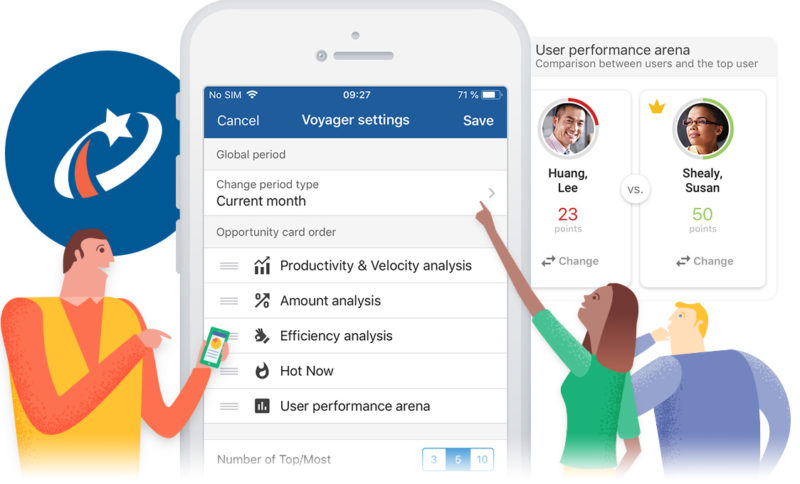
There are many more features that are totally unique to Pipeliner, designed to enhance user experience and enable salespeople all over the world.
No, Pipeliner CRM is not necessarily following all the latest trends. But you’ll discover that neither are the users, as shown in horrendous CRM adoption rates. With our feature set, however, Pipeliner CRM leads the way in adoption—and is the one CRM that salespeople love.





















Comments (2)
I think the greatest strategy and one that makes them different from the likes of even Salesforce is getting to understand sales organizations and the way they operate. They did not develop an app just for the sakes.
It’s good